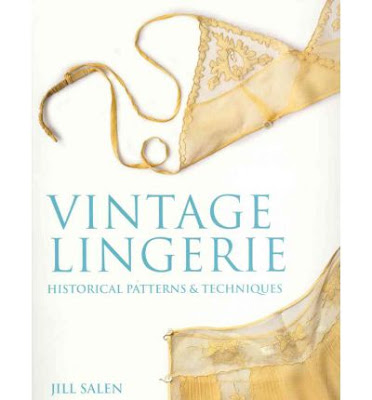HSM 2016 Challenge #5: Holes

Sorry, I've pretty much given up on trying to get a good background in a photo in this apartment. The Challenge: #5, Holes - how would a corset function without the eyelets to lace it together? Fabric/Materials: Off-white cotton twill from my corset stash and heavy white twill tape. Originally I was going to cover it with satin, but in the end I'm glad I decided to make this a wearable mockup, as the pattern needs a little tweaking. Pattern: Based on this corset patent applied for by Mina Sebille, with some alterations and boning arrangement based on this corset at the Victoria & Albert Museum. I've been using one of your standard ungored, shaped-pieces corsets for a few years, and while it's been working well, it doesn't have enough hip spring to give me waist reduction. I figured a corset that had a separate hip piece would help me get the flare I needed. Which it does, to some extent! At least, I'm not getting much more reduction, but I am al...

